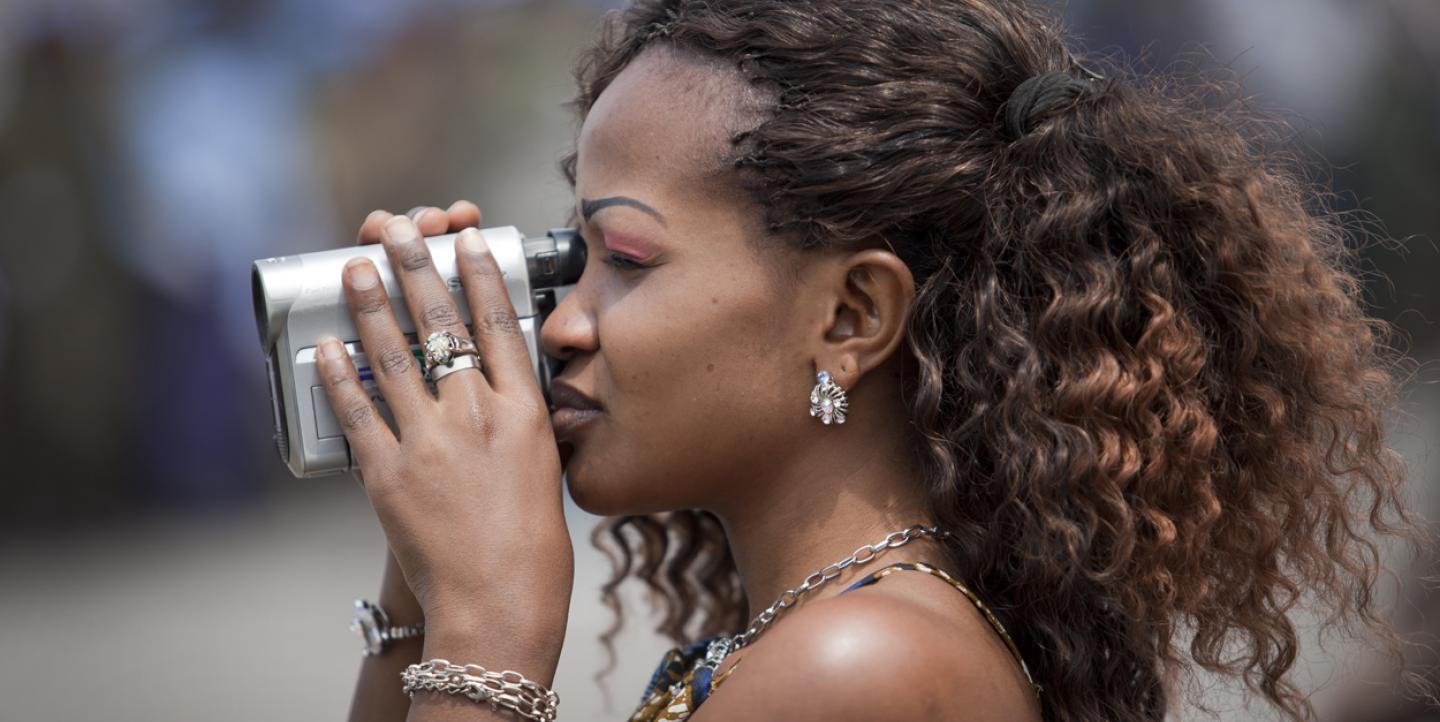The low visibility of women and women’s issues in the news has not improved with the growth of digital platforms, according to a new report on gender and the media.
Despite making up half of the global population, only 26 percent of online news and tweets include women — just slightly higher than the 24 percent of newspaper, television and radio news stories.
Since 1995, the Global Media Monitoring Project (GMMP) has been measuring how women are portrayed in the media, both as story subjects and reporters. The 2015 report compiled data from thousands of stories across all platforms, spanning a record 114 countries.
“The media … should be an example of gender equality, depicting women in diverse jobs and situations and representing women in all areas of coverage,” says Phumzile Mlambo-Ngcuka, executive director of UN Women, which supports the report. “And yet the media is still, in large part, doing the opposite.”
The report notes that women are actually less visible in political news than they were in the last report, conducted five years ago. It found that news sources are overwhelmingly male and skewed towards certain “types” — like senior government officials and politicians.
Since 2005 the overall percentage of stories reported by women has been gridlocked at 37 percent, as has the proportion of news that challenges gender stereotypes, at just 4 percent. The overall proportion of stories focusing on women has held relatively steady since 2000, at a dismal 10 percent.
Economic and political news are the least likely to focus on women, at 5 and 7 percent of stories, respectively. Very few stories — 9 percent overall — focus on gender equality issues, although that number has more than doubled in the last 10 years.
There are some important bright spots: In Latin America, more women are now represented in the news, from 16 percent of total stories in 1995 to 29 percent this year. (Regional reports are available for Africa, Latin America, the Caribbean, Europe, Middle East, North America and the Pacific Islands, as well as individual country reports.)
And the global situation is not completely negative either. For instance, in 2015 women were less likely to be portrayed as victims or to be identified by family status than in 2000 — though still far more likely than men.
The six-chapter report also includes case studies from around the world. The last chapter sets out targets for the future of a gender equal media, where 30 percent of stories highlight gender equality or inequality issues. It lays out specific actions that media regulatory agencies, media houses, civil society, researchers and funders should take to ensure the end of media sexism by 2020.
Image credit: MONUSCO Photos, under a Creative Commons license.

